overleaf template galleryCommunity articles — Recent
Papers, presentations, reports and more, written in LaTeX and published by our community.

Just another Factor Analysis derivation. Refer to Stanford Lecture Notes CS229.
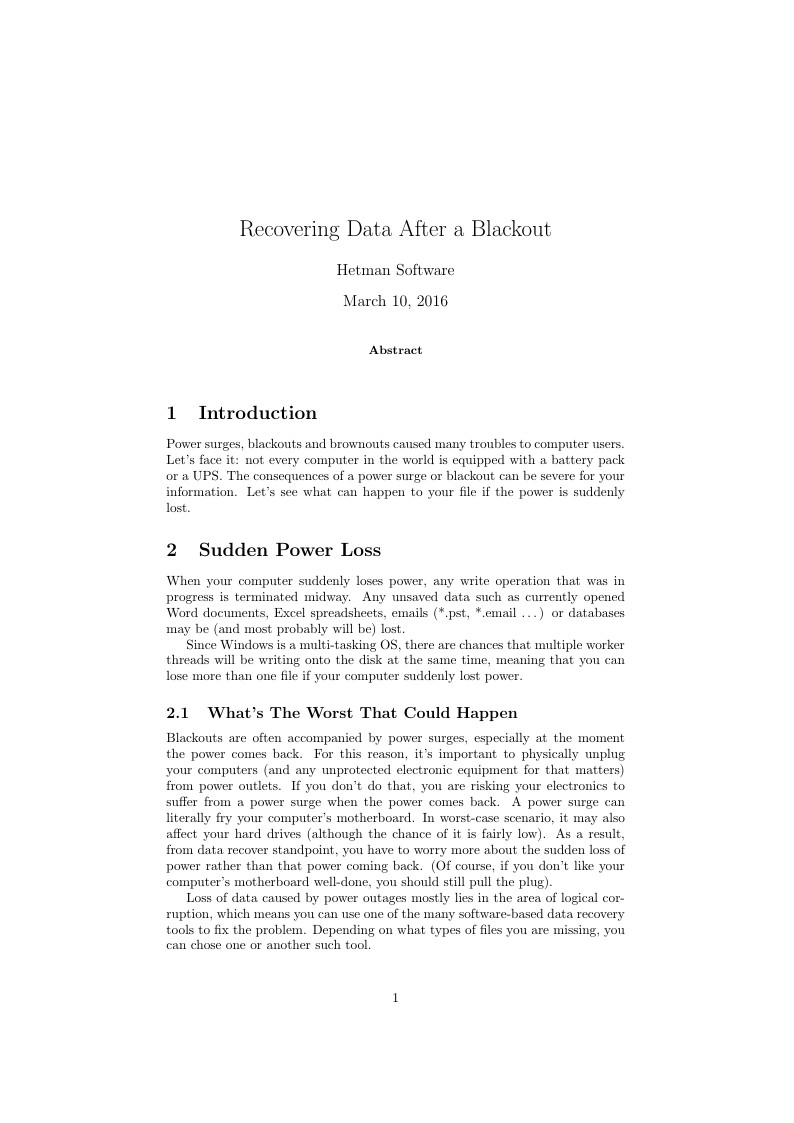
Power surges, blackouts and brownouts caused many troubles to computer users. Let’s face it: not every computer in the world is equipped with a battery pack or a UPS. The consequences of a power surge or blackout can be severe for your information. Let’s see what can happen to your file if the power is suddenly lost.
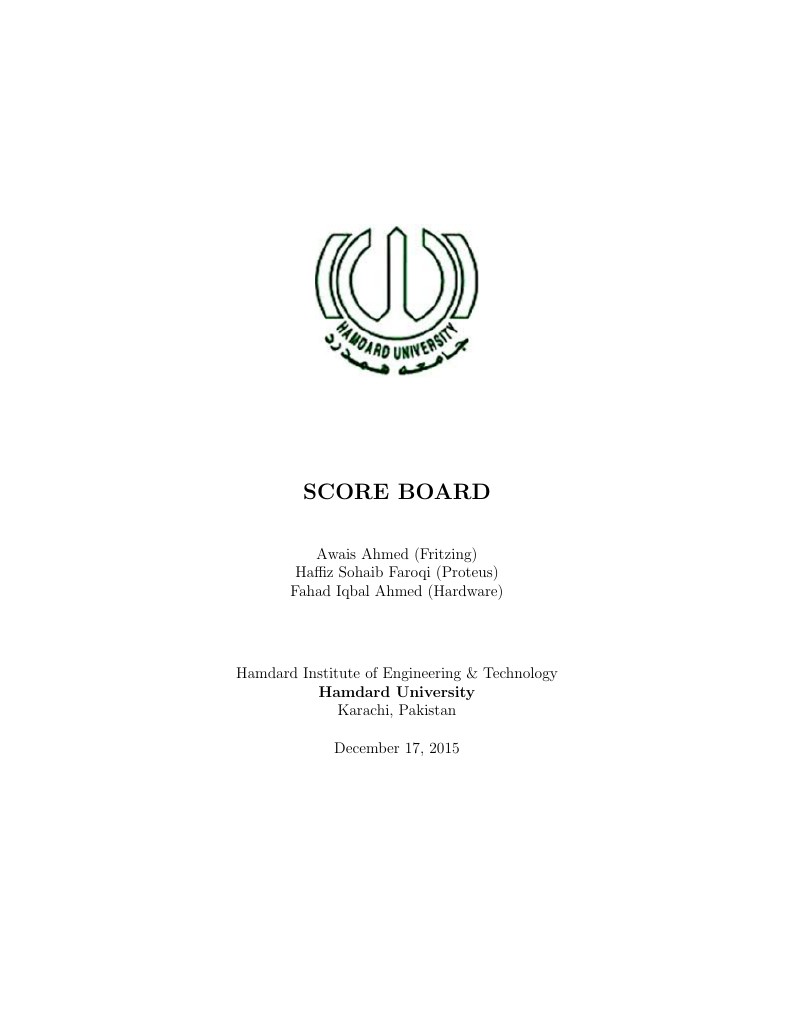
To design this scoreboard, with operates manual buttons that aid in these small scale tournaments of the cricket match. In order for the scoreboard to effective, it needs to be affordable, portable and versatile in terms of sport it can accommodate and how it can be controlled.
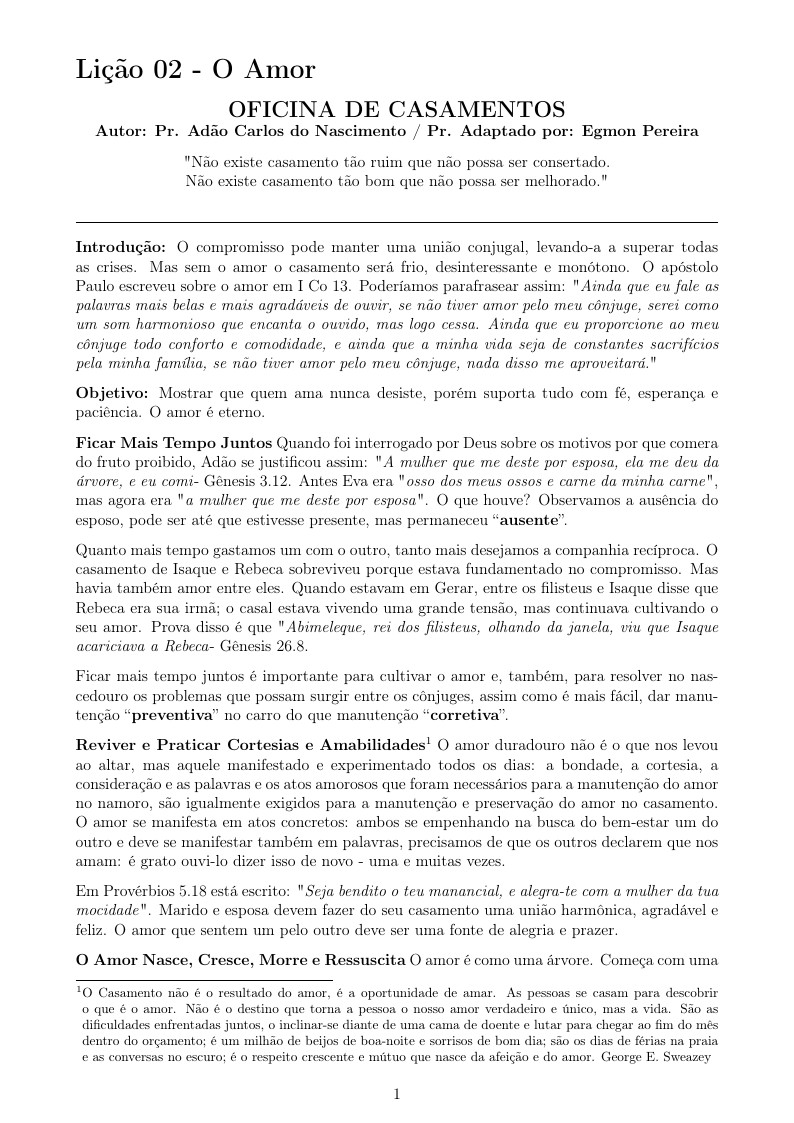
Lição extraída do Livro "Oficina de Casamento" do Rev. Adão Carlos do Nascimento, por ocasião das aulas da Escola Bíblica Dominical da Igreja Presbiteriana Central de Coronel Fabriciano/MG
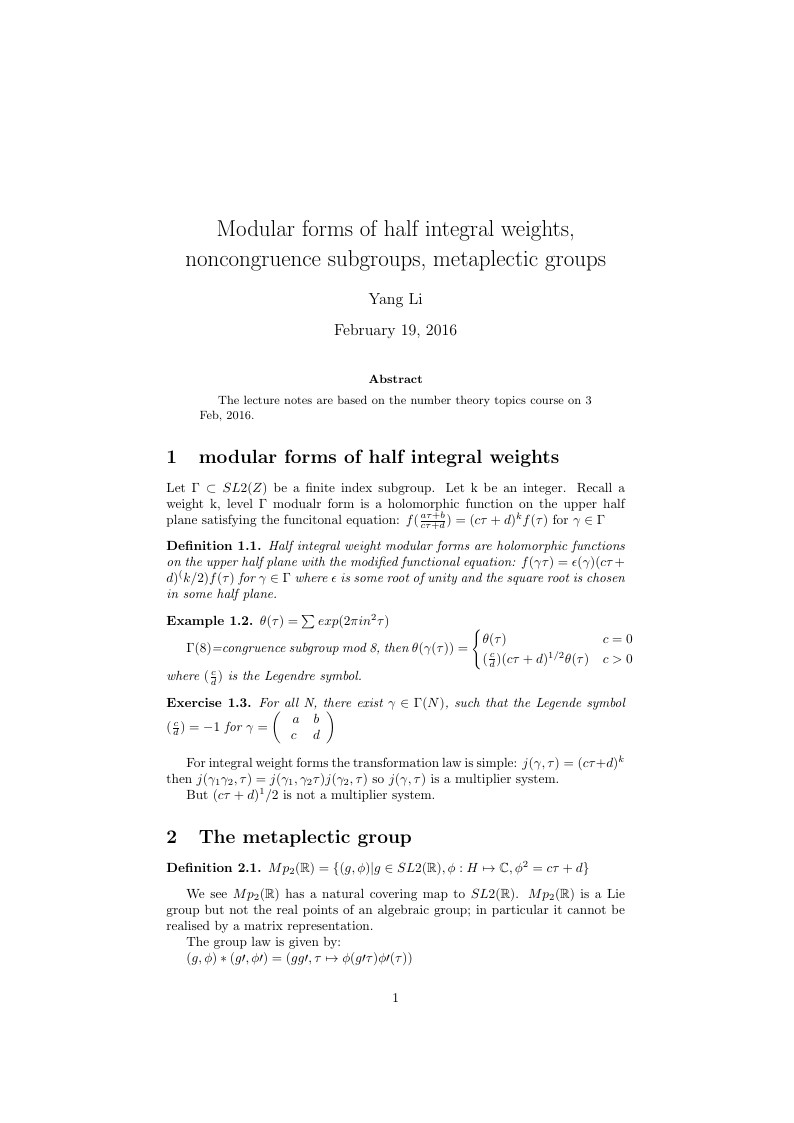
The lecture notes are based on the number theory topics course on 3 Feb, 2016.
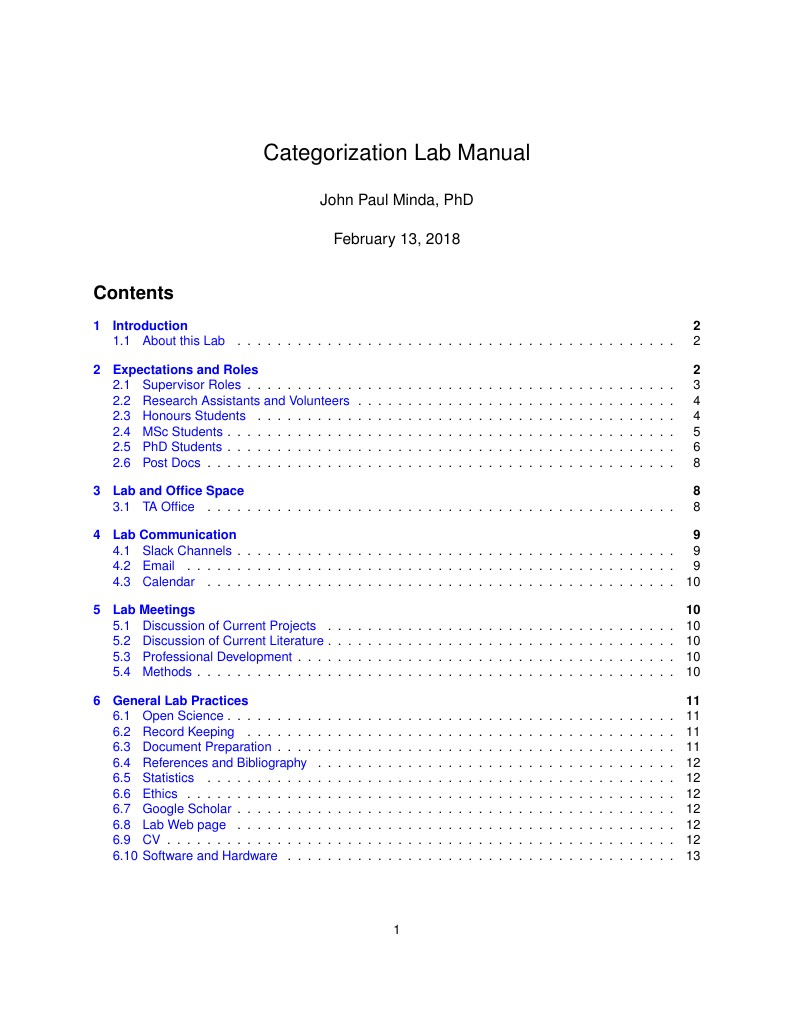
Created by John Paul Minda, PhD Professor of Psychology The Brain and Mind Institute The University of Western Ontario London, ON N6A 5C2 Version 1.2 Feb 13, 2018
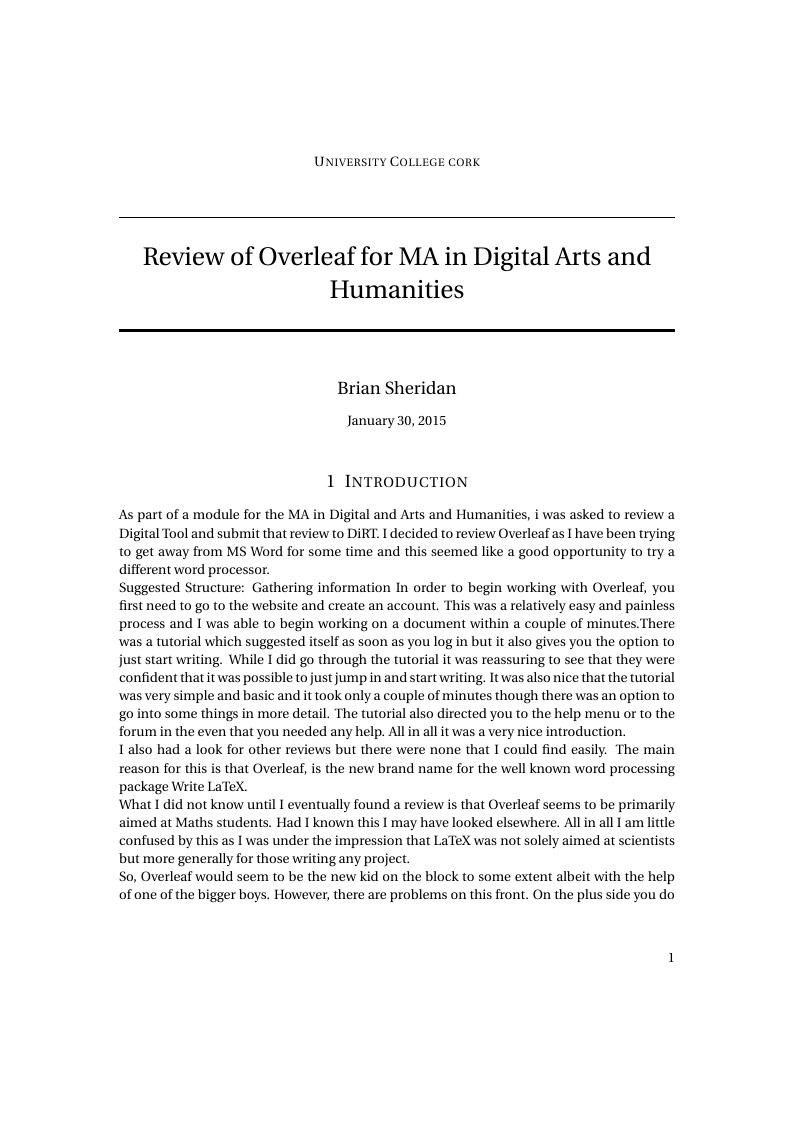
Template source: Short Sectioned Assignment LaTeX Template Version 1.0 (5/5/12) This template has been downloaded from: http://www.LaTeXTemplates.com Original author: Frits Wenneker (http://www.howtotex.com) License: CC BY-NC-SA 3.0 (http://creativecommons.org/licenses/by-nc-sa/3.0/)
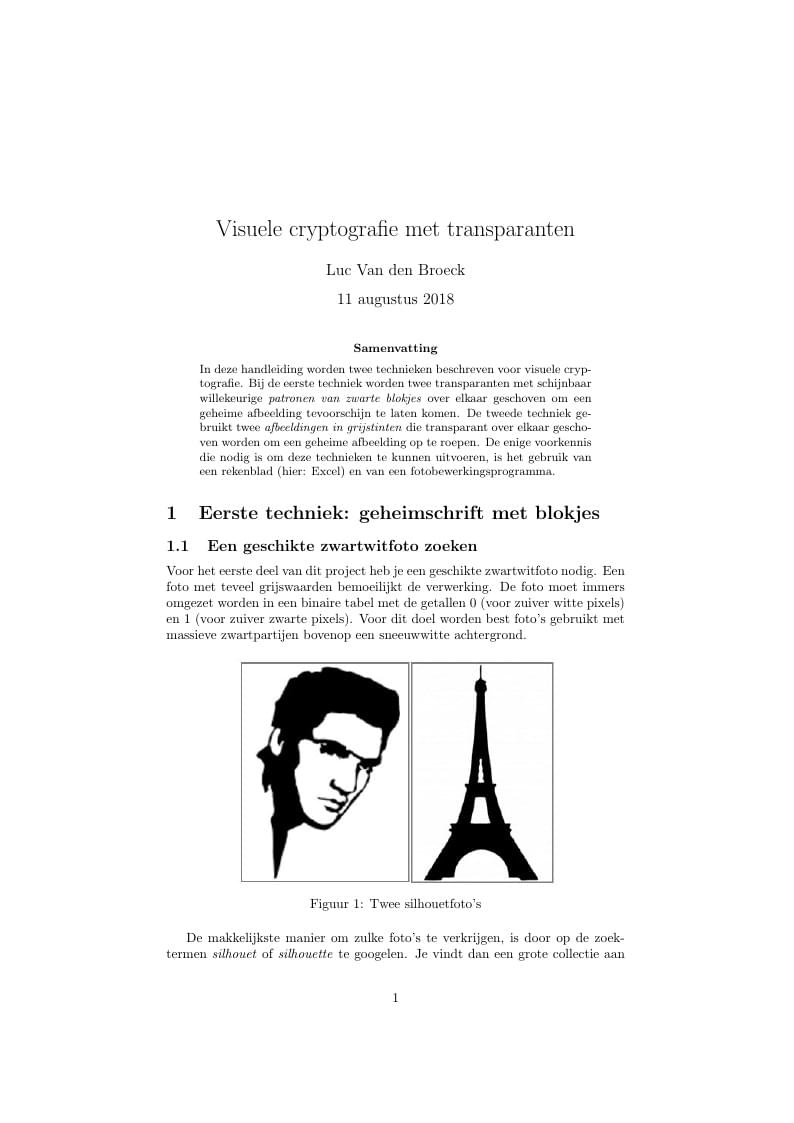
In deze handleiding worden twee technieken beschreven voor visuele cryptografie. Bij de eerste techniek worden twee transparanten met schijnbaar willekeurige patronen van zwarte blokjes over elkaar geschoven om een geheime afbeelding tevoorschijn te laten komen. De tweede techniek gebruikt twee afbeeldingen in grijstinten die transparant over elkaar geschoven worden om een geheime afbeelding op te roepen. De enige voorkennis die nodig is om deze technieken te kunnen uitvoeren, is het gebruik van een rekenblad (hier: Excel) en van een fotobewerkingsprogramma.
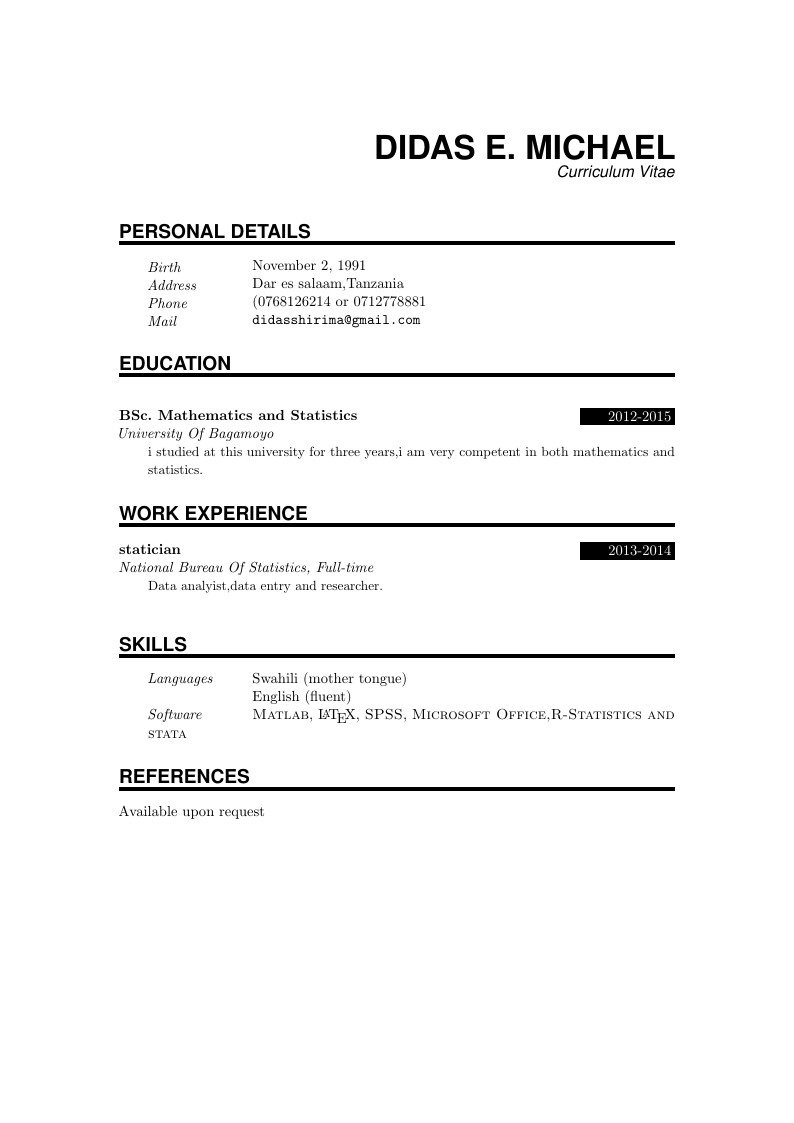
Didas Tumaini's CV
\begin
Discover why over 20 million people worldwide trust Overleaf with their work.